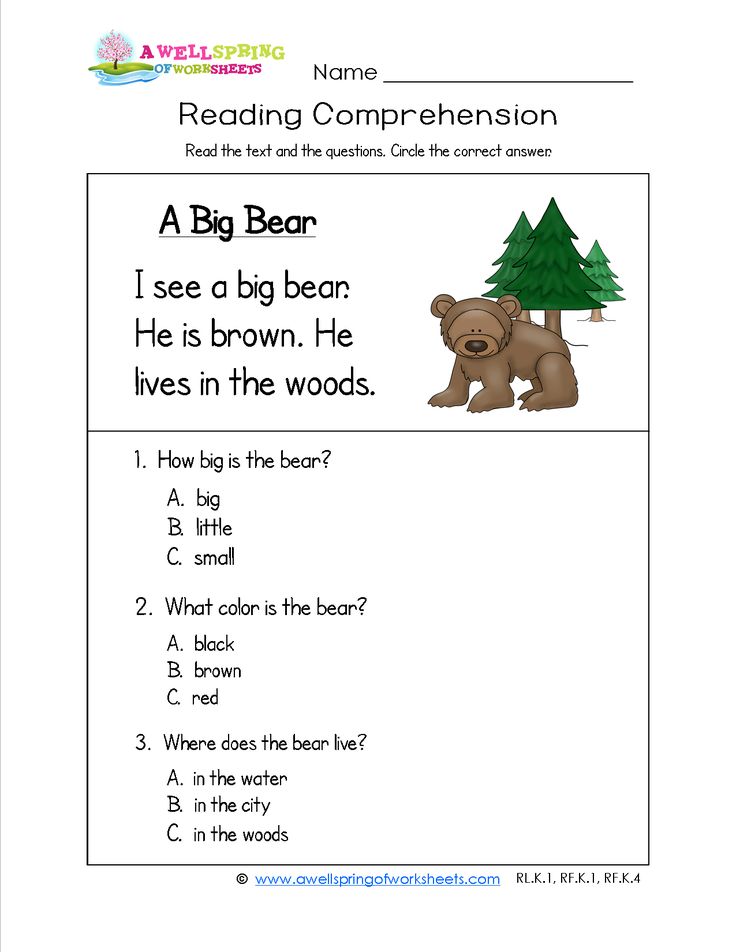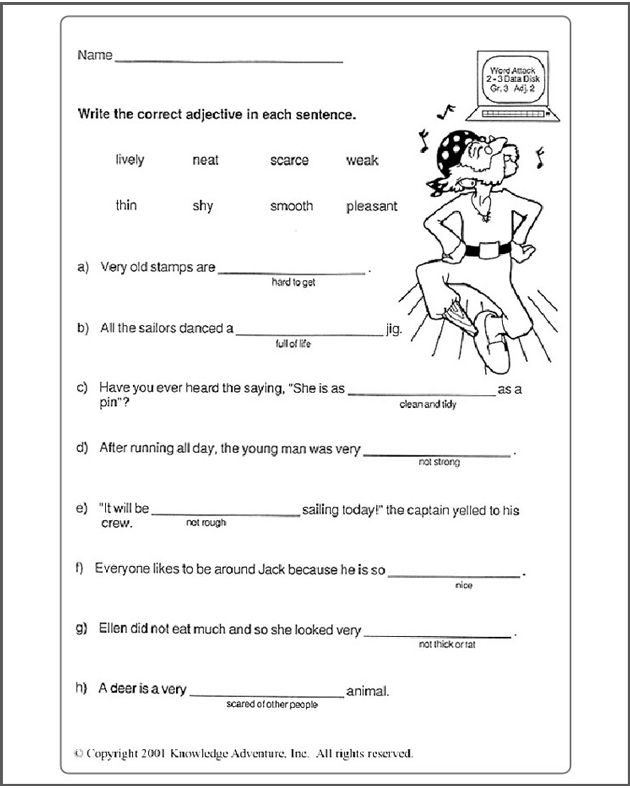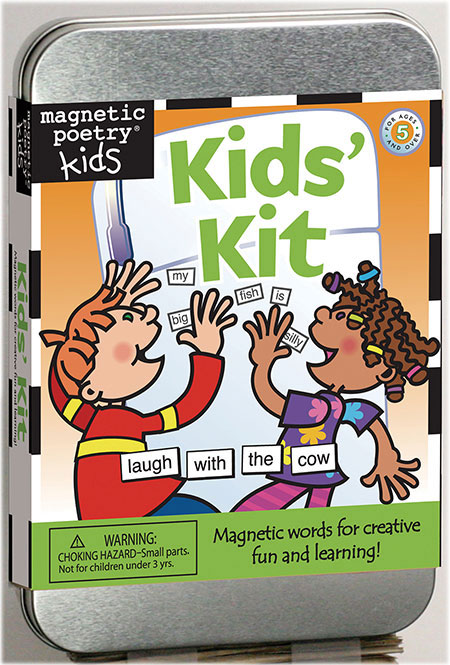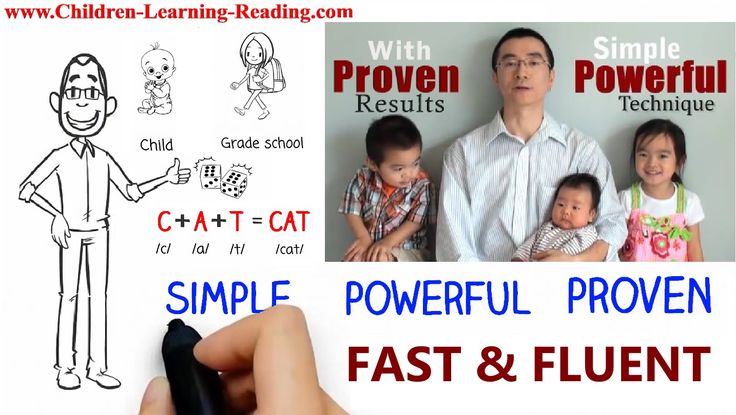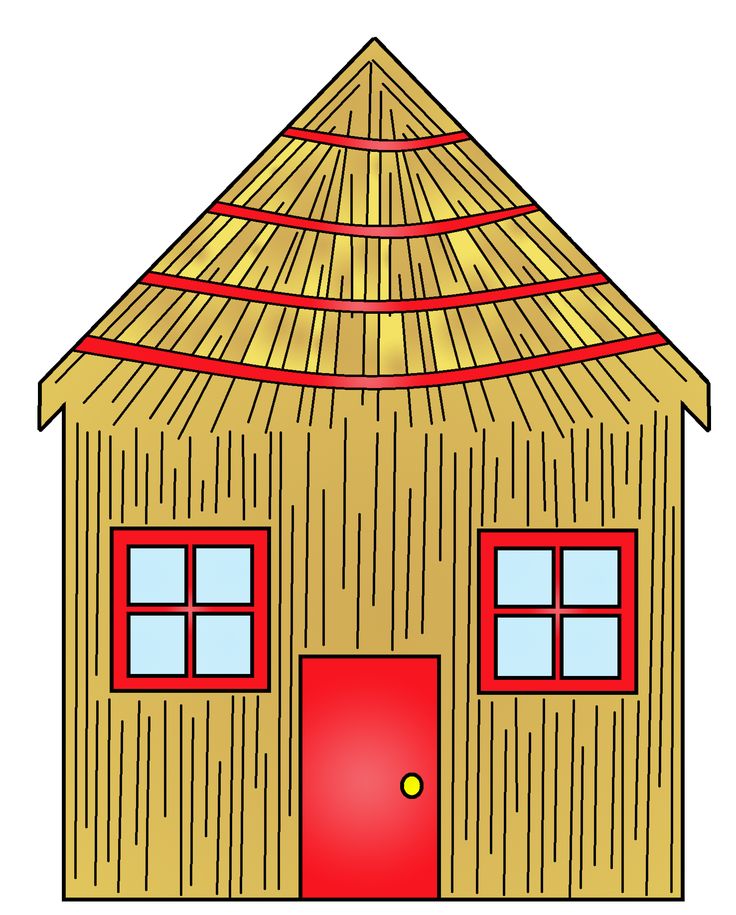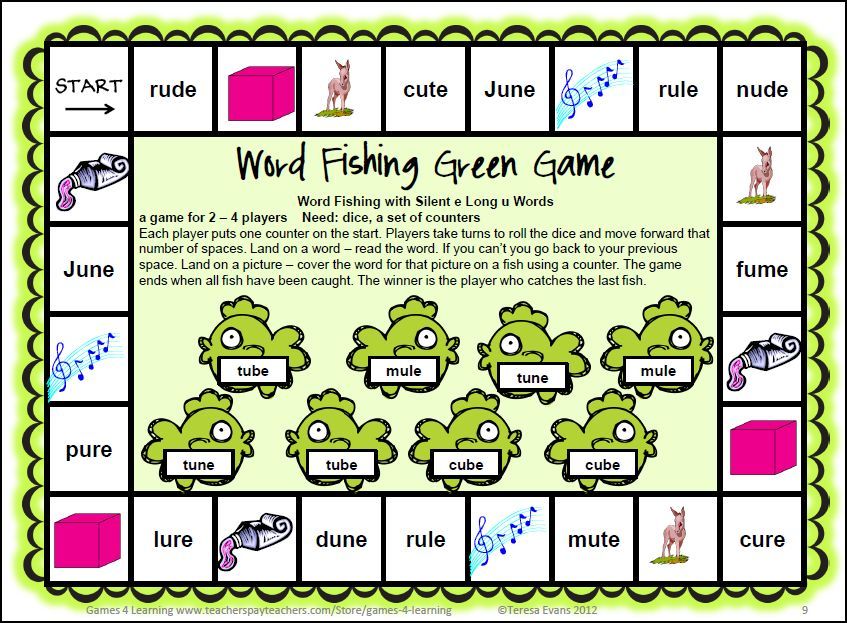Kindergarten reading level
Kindergarten Reading Level Guide to Encourage and Improve Reading
Development takes place at different stages. Although teachers strive for a certain kindergarten reading level, children will not develop at the same pace.
What Is the Ideal Kindergarten Reading Level?
In kindergarten, the ideal reading level is starting at Level A and working up to Level D.
This is so they can move into reading texts at advanced levels as they continue to progress. These levels are designed to align with children’s development.
Knowing what the reading levels are, however, is not nearly enough. It’s important to discuss how much a student can read—how slowly, how fast, and how well.
Also, make sure you know how and when students are getting their reading lessons. It’s important to know how many lessons, at what time of the day, and what type of books they are getting. It can help to have a system.
Kindergartner reading photo by Jerry Wang on UnsplashDifferent Levels of Reading
Level A
Kindergarten reading at Level A helps children with their behavioral development towards reading. This level uses lots of sight words, rhyming words, and compound words.
Children start reading whole words and learn to read sentences with very simple vocabulary. This level uses repetition and guided instruction for learning.
Level A readers work on developing the following skills:
- Knowing the sounds of oral language
- Pronouncing words
- Finding words
- Identifying pictures
- Following a story
- Reading for information
- Using context clues and illustrations
Level A reading is essential to kindergarten. The skills that are practiced are all-inclusive. The skills learned, assist in developing and strengthening your child’s reading skills.
Level B
Level B reading is for learners who have basic reading skills. This level uses proficient vocabulary in everyday situations and includes some narratives. The grammar is simple.
But, reading comprehension and understanding of text require a dictionary and some prior knowledge of the materials.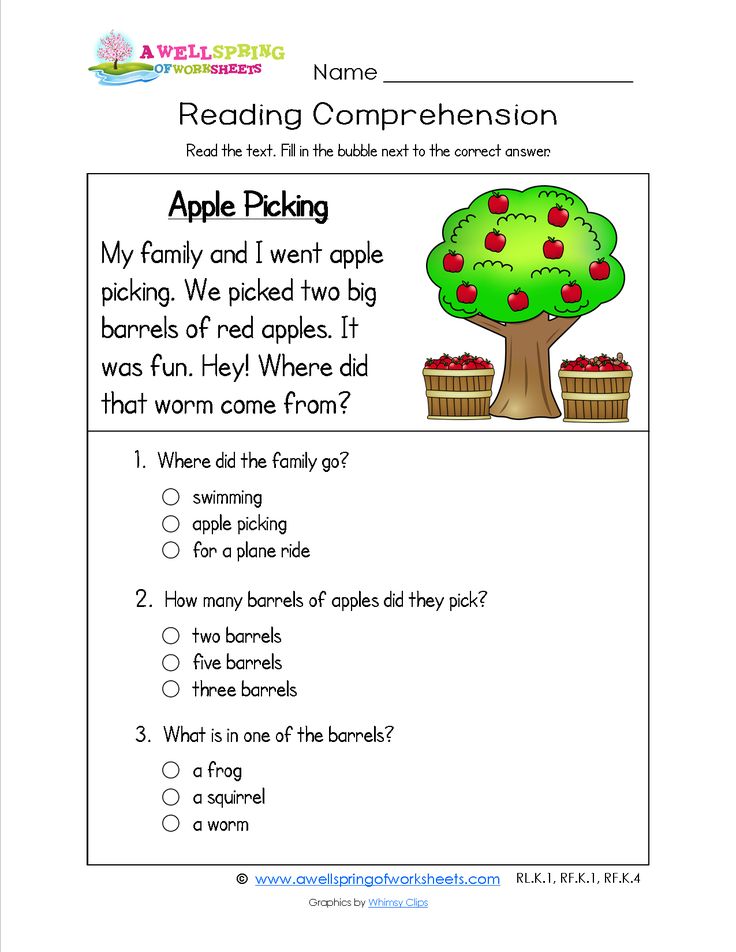
Readers at this level have a difficult time reading long paragraphs. Concepts such as blended words are often difficult for this level because.
Level B readers should have the following skills:
- Can read short words or phrases
- Has good oral expression and oral comprehension
- Understanding of cause-and-effect relationships
- Understand definitions and simple illustrations with no need for further explanation
- Comprehends long words and sentences
- Has a basic understanding of the context
- Understand basic math formulas
- Understands basic colors and shapes
Level B reading helps children to become more confident and expand their vocabulary. It also allows them to have fun, play successfully, and engage with others.
Level C
Level C reading is the point between being a basic reader and a literary reader. The literary reader can use reading for enjoyment, to convey meaning, and to enrich their lives.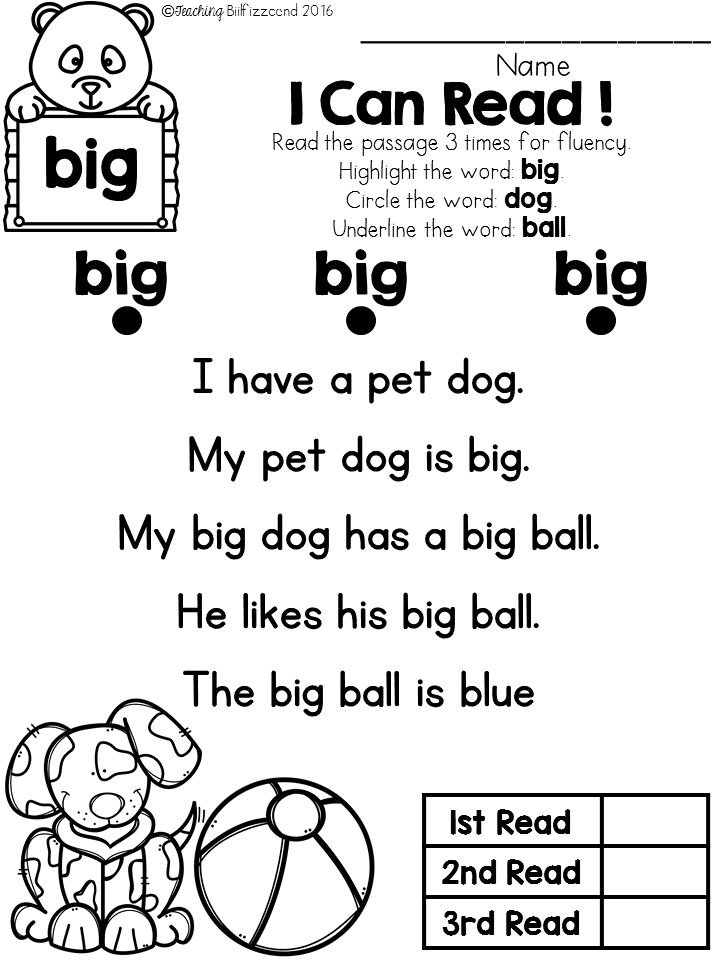 But, they cannot be expected to read challenging texts.
But, they cannot be expected to read challenging texts.
Their reading abilities will not be as deep as they would be if they read above an educated reading level.
Level C readers develop the following skills:
- A basic understanding of reading and the English language
- Knowledge of reading strategies
- Understanding of various forms of writing (letters, numbers, and words)
- Knowledge and understanding of how the main elements of texts (sentences, paragraphs, and articles) help to communicate meaning
- Understanding how the main elements of texts (stories, plays, novels, short stories) enable the reader to enjoy and learn from a story
- Comprehend the meaning of the story
- Learn from the story
- Understanding the importance of vocabulary to read and learn.
Readers at this level are not limited by their age. If children are ready and eager to read, they should be offered reading materials that challenge them.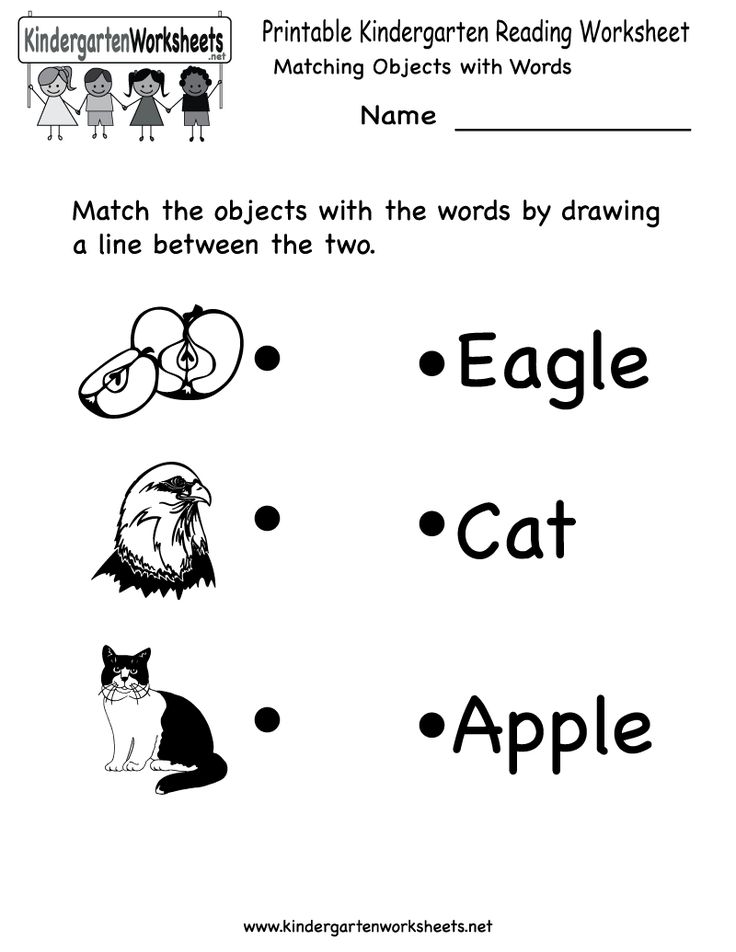 This level helps children to understand that the world around them changes and develops and that they are not static beings.
This level helps children to understand that the world around them changes and develops and that they are not static beings.
Level D
This level of understanding focuses on the ability to think critically and make logical judgments. Students at this level are capable of solving problems. They have a solid understanding of how to work with multiple ideas to express themselves.
They have learned to read to expand their knowledge. This helps them as they progress with their reading development and comprehension.
Level D readers should possess the following skills:
- Know how to read a variety of books
- Can find specific information within the text with the use of a dictionary or thesaurus
- They have an eye for detail and can write well-developed paragraphs
- Can draw conclusions and write clear sentences that are free of spelling and grammatical errors
- Differentiate between nouns, pronouns, adverbs, adjectives and, verbs
- They can read a variety of content and summarize information within their reading
- They understand what to include and what to leave out in a sentence
Readers at this level should have advanced reading abilities.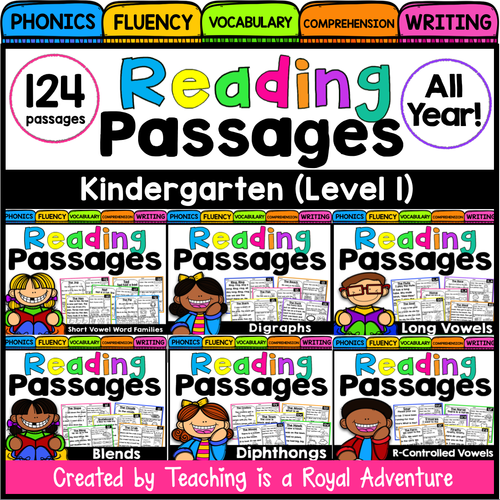 They are capable of reading and writing at a level that is advanced in the primary grades. Let’s look at why it’s so important to develop reading at this stage.
They are capable of reading and writing at a level that is advanced in the primary grades. Let’s look at why it’s so important to develop reading at this stage.
What Is the Importance of Developing Reading at This Stage?
The importance of developing reading at kindergarten level is to create a firm foundation of the language for the reader. First-grade reading tools will emerge stronger than either previous grade level thanks to these kindergarten foundation skills.
Children with these developed skills can learn how to apply their acquired vocabulary and understand the text. What happens is that they understand more text in the first grade than they did in kindergarten.
They understand different concepts in the text. These include words, parts of speech, paragraphs, sentence structure, word parts, and a lot more. Children know how to apply word parts to make new words and sentences, which is essential to reading comprehension.
So many kindergartners are not as prepared to learn reading. They have not mastered pre-reading skills such as phonemic awareness, phonics, letter identification, and letter/word pairs. This lack of development and understanding holds them back as they progress in school.
Final Words: How Do I Help My Kindergartner Improve Their Reading?
To help your kindergartner improve their reading, make sure they understand the mechanics of decoding and identifying the individual sounds of letters and words.
Read the same story to them repeatedly and break it down. This is so your kindergartner can recite the story in their head. This will help them develop confidence and understanding of what they are reading. Keep in mind, that this is an ongoing process.
It is a good idea to read to your young child often. This will help to develop their sense of independence and their love of books. It also helps to develop their reading skills!
What Is ZPD Reading Level?
Everyone unique and we all have a unique understanding of the world. So what should the level of difficulty be…
So what should the level of difficulty be…
Pam Weber
Page 1 of 1212345...10...»Last »
Kindergarten Reading Level Examples - Reading Elephant
Kindergarten reading level examples can help parents understand how their child is progressing. Every school has different Kindergarten reading standards. While some expect Kindergartners to read sentences with uncommon words, others simply expect Kindergartners to know some sight words and short vowel words (like cat, dog, fit, Ben, ran…etc.). Though there is some variation among schools, it can be helpful to get some perspective on where your Kindergartner is on the learning how to read journey.
I’ve created a rough guideline with some sample Kindergarten reading level examples. The examples can offer some insight on your Kindergartners’ reading skills.
Early Kindergarten Reading Skills
In early Kindergarten, instruction is dedicated to letter sounds. After a child masters letter sounds, they start stringing sounds together to read short vowel words.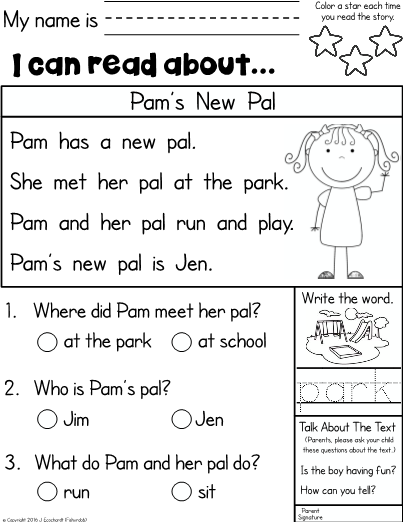 Early Kindergartners also learn a handful of common sight words like “the” and “said”—words that allow them to actually read books. Typically, they start with low-level short vowel phonics books.
Early Kindergartners also learn a handful of common sight words like “the” and “said”—words that allow them to actually read books. Typically, they start with low-level short vowel phonics books.
Early Kindergarten Reading Level Examples
In early Kindergarten, kids start learning how to read passages like the following:
The cat ran to the mat.
“Jen has a red hat,” said Matt.
They pet the big T-Rex.
Mid-Kindergarten Reading Skills
By mid-Kindergarten, students know how to read consonant digraphs. There are many consonant digraphs. Some consonant digraphs include “sh,” “ch,” “th”…etc. Consonant digraphs are two letters that make one sound. Kindergartners also learn more sight words. Since their sight word repertoire grows a little bit, they can read books with sentences that are a bit longer.
Mid-Kindergarten Reading Level Examples
They were at the shop. They had some fish and chips.
Beth has many cats.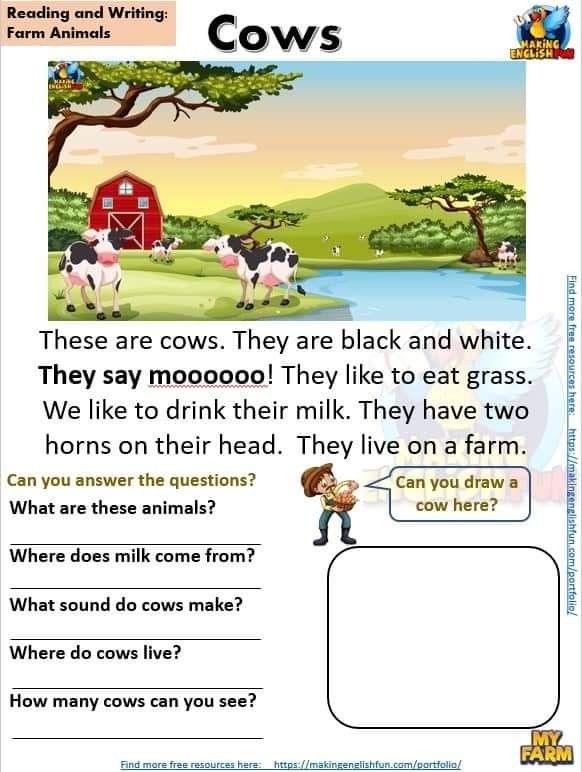 One of the cats is red. The other two cats are black.
One of the cats is red. The other two cats are black.
There were a lot of people at the zoo. Mom said we could see the bats and big cats.
What Reading Level Should a Kindergartner Be at by the End of the Year?
By the end of the year, Kindergartners learn how to read blends. Unlike consonant digraphs, blends are two letter sounds that make TWO sounds. Blends are just letter sounds said in succession like in “slid” and “chimp.” Blends can be a bit challenging for Kindergartners, but they should at least be in the process of learning them. Kids should also know how to read the first 20-30 most common sight words. Though there is some variation, by the end of Kindergarten, kids should master short vowels and read short vowel words with ease. While some kids start off reading 4-8 words correct per minute, by the end of Kindergarten fluency should progress to at least 20-30 correct words per minute.
Kindergarten Reading Level Examples at the End of the Year
The little chimp swings from branch to branch. Many people at the zoo come to see him.
Many people at the zoo come to see him.
They like to splash in the water and dig in the sand.
The crab lost his shell. “I will find a new shell,” said the crab. The crab went in a big red, shell. “What a grand shell I have!” said the crab.
End of Kindergarten Reading Skills
Kindergarten reading skills build an important foundation for first grade. It’s easy to assume that Kindergarten doesn’t matter, that Kindergarten is all about socializing kids into the education system. Yet, when economists studied the value of a good Kindergarten teacher they found that Kindergarten is not only important, but has rippling effects that last a lifetime. Those who had a good Kindergarten teacher see a significant lifetime boast in earning potential. If you’re curious about the study, this is a good link to check out:
http://www.npr.org/sections/money/2010/07/28/128819707/the-kindergarten-experiment
Strong Kindergarten reading skills allow children to succeed in first grade. In first grade, there is truly a huge, monumental reading push. If a Kindergarten teacher can add $320,000 of value to a classroom’s lifetime earnings, I wonder what the value of a good first grade teacher is. In first grade, there is so much reading material to cover. It’s important to keep a close eye on your student’s progress. Make sure your student is set up for success in first grade.
In first grade, there is truly a huge, monumental reading push. If a Kindergarten teacher can add $320,000 of value to a classroom’s lifetime earnings, I wonder what the value of a good first grade teacher is. In first grade, there is so much reading material to cover. It’s important to keep a close eye on your student’s progress. Make sure your student is set up for success in first grade.
How much should a first grader read - Kindergarten and child
The question "How much should a first grader read" torments many parents. Moreover, the question should be divided into two parts: how much a first grader reads at the beginning of the year and at the end of the year.
If we are talking about a former kindergartener who will go to school for the first time on September 1, then we will immediately make a reservation - he does not owe anything to anyone. Neither write nor know the multiplication table, much less read. This is included in the first grade school curriculum and a child who knows everything runs the risk of getting bored in the classroom.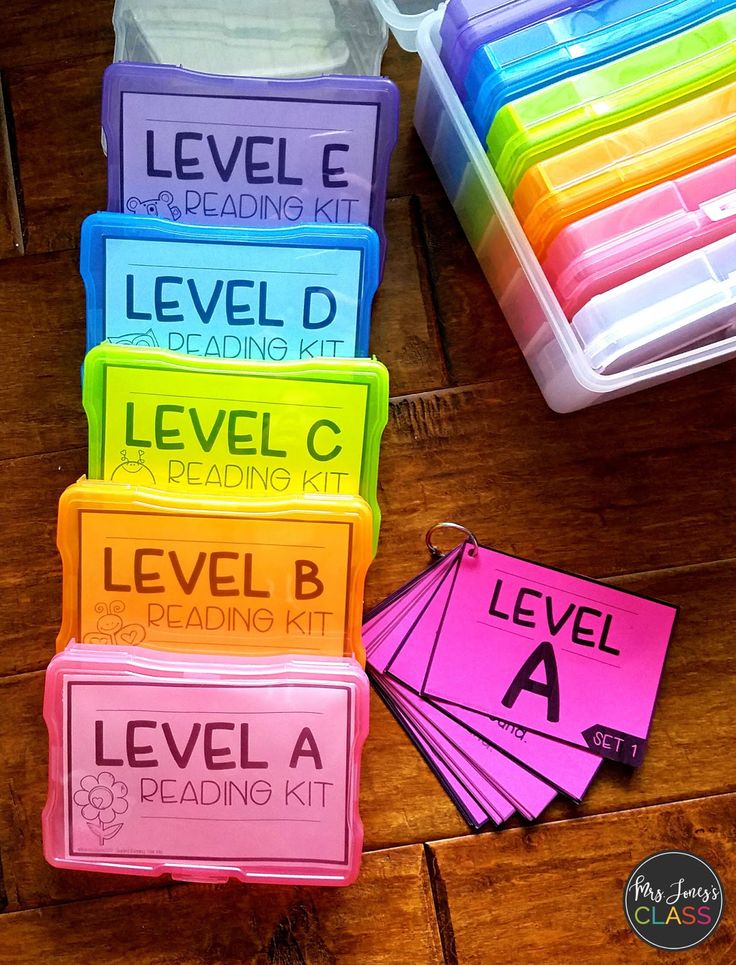 nine0003
nine0003
In some of our schools, children take entrance examinations, although they are prohibited by law. Of course, a child who sees letters for the first time is unlikely to be admitted to a prestigious gymnasium. In Europe, for example, a first-grader must know the alphabet, but nothing more. We are not talking about numbers and letters. And American educators, rather, are interested in whether parents often spend time with children, visit the zoo, children's parks, whether they often laugh, and not formal questions of the speed of reading and knowledge of the world in a child. nine0003
What is asked of his Russian peer? Count from 1 to 20 and vice versa, know the name of the figures up to rhombuses and parallelograms, distinguish trees by fruits and leaves, and so on.
How much a first grader should read and how quickly at the end of the year is another story. We are talking about standards here. Moreover, the speed of reading is not prescribed in the federal state standards.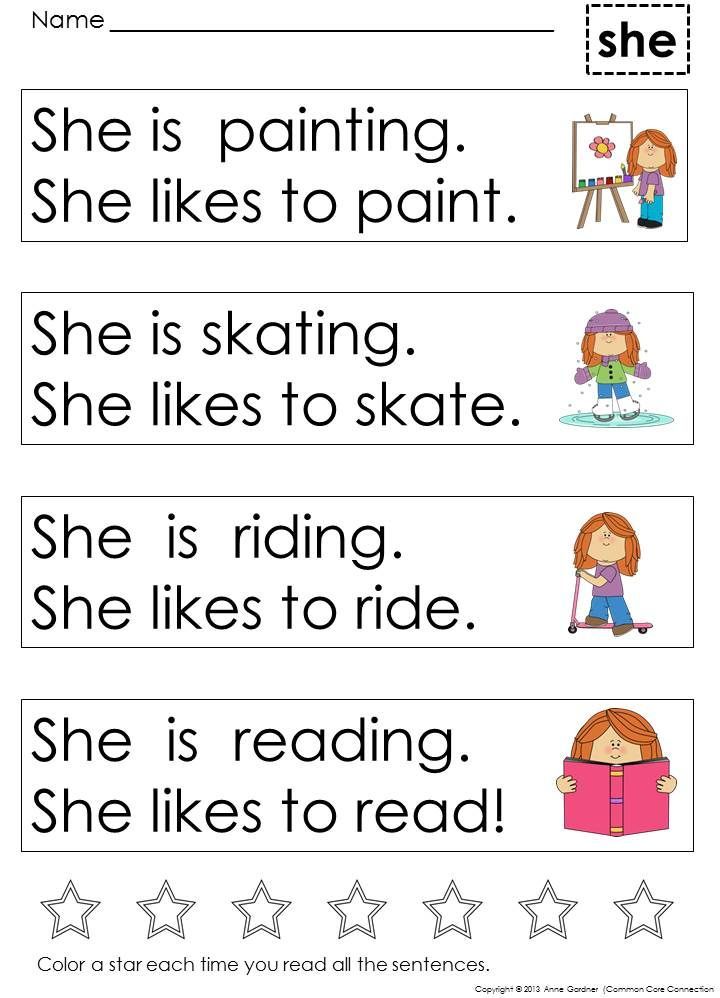 Literally: “As a result of studying literary reading, the student must ... read consciously the text of a work of art “to himself” (without regard to speed).” nine0003
Literally: “As a result of studying literary reading, the student must ... read consciously the text of a work of art “to himself” (without regard to speed).” nine0003
However, the standards for reading technique can be found in the program according to which classes are held at school. For example, in the traditional program "School of the 21st century" it is indicated that by the end of the first grade the child should read 30 words per minute. In other programs, you can find a figure in 40 words. Not much less than we, parents, read at one time. Everyone probably remembers the hourglass and the milestone of 47 words that had to be overcome while they were walking.
It is worth considering the orientation of the class or the characteristics of the child. The requirements for a student in a correctional class are an order of magnitude lower than those for a student in a gymnasium. nine0003
What if the child reads less? Grades are not given in first grade. The teacher only makes a note: "did it - did not do it. " The most important thing is that the first grader understands the text, perceives it and can retell the meaning. When determining the result, the following are taken into account:
" The most important thing is that the first grader understands the text, perceives it and can retell the meaning. When determining the result, the following are taken into account:
- how the text was read: by syllables or the child could immediately reproduce the word,
- Read errors,
- expressiveness,
- awareness,
- words per minute. nine0026
The child's reading speed is constantly monitored. After each quarter, with the exception of the first, measurements are taken. For example, by the end of the first semester of the school year, a student must read at a rate of at least 20 words per minute. At the same time, the correct pronunciation of words is more important than speed. By the end of the third quarter, the speed should increase - up to thirty-five, and by the end of the first grade - up to forty words per minute, and the child should read not by letter, but by syllables, but preferably in words. nine0003
It should be noted that the texts differ in their complexity and meaning.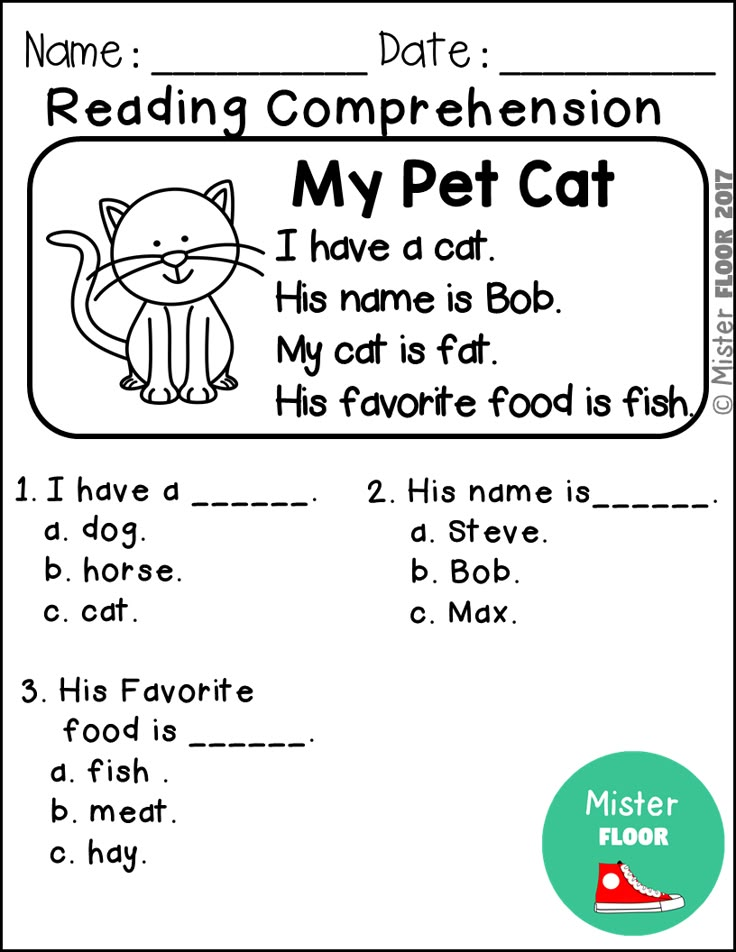 After all, it is important not only to read, but also the ability of the child to comprehend what is read. At the beginning of training, a very simple text is given - words in sentences consist of simple syllables or syllables with the same vowels, for example, ma-ma, ka-sha, ra-ma. Gradually, the syllables become more difficult. Then polysyllabic words are added, syllables with hissing. At the end of the first grade, children will be offered poetry.
After all, it is important not only to read, but also the ability of the child to comprehend what is read. At the beginning of training, a very simple text is given - words in sentences consist of simple syllables or syllables with the same vowels, for example, ma-ma, ka-sha, ra-ma. Gradually, the syllables become more difficult. Then polysyllabic words are added, syllables with hissing. At the end of the first grade, children will be offered poetry.
The school, of course, teaches the child, but to instill a love of reading, books, is primarily the responsibility of parents. Remember that when you see a mom or dad in front of you who is fond of reading, the child will reach for books, and the wonderful world of prose and poetry will open before him. nine0003
Author — Maria Danilenko.


 Alternately read the words aloud in a column of words, trying in one minute read this column more and more times.
Alternately read the words aloud in a column of words, trying in one minute read this column more and more times. 
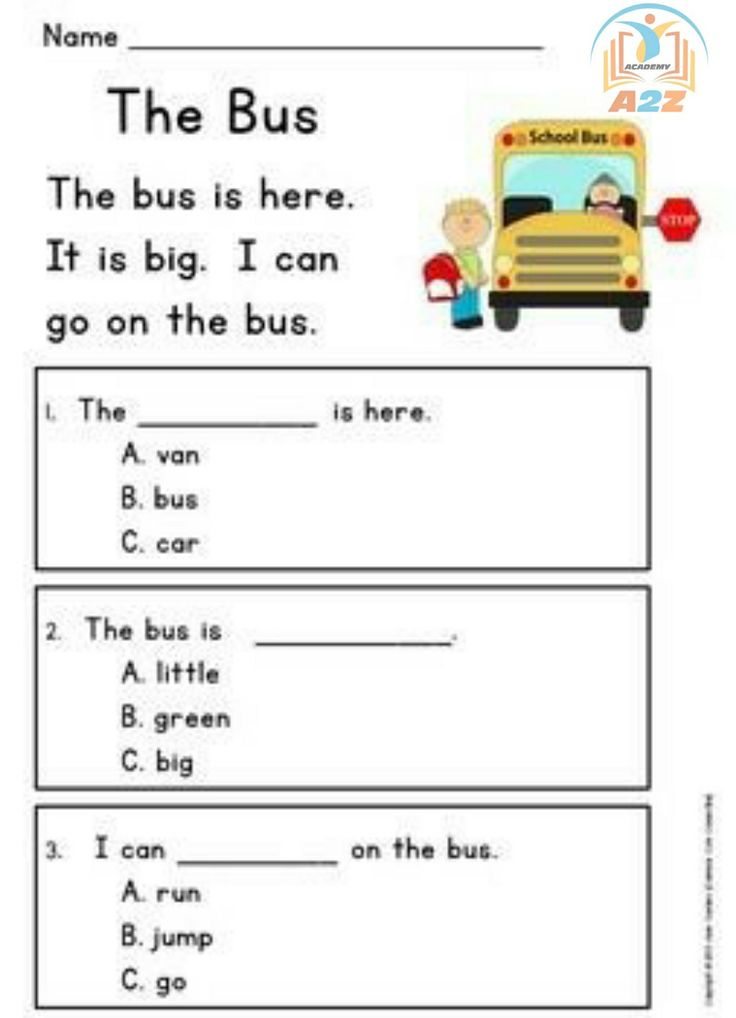 What is often possible observe in many families? Mom sits down her son, who is ill reads, for a book and says the following: "Read this tale. Until If you read it, don't leave the table." With that low reading technique, which possessed by a first grader, it takes him an hour and a half to read this short fairy tale. This is an hour and a half of very hard work. Mom allows here a very serious pedagogical error, suppressing the child's desire to read. Was it would be much better if home training was carried out in three portions of 5 minutes. A small paragraph the child reads and retells its content, after an hour or two another portion. Another serving before bed. The effectiveness of such training is much higher than training for an hour and a half at a time. nine0003
What is often possible observe in many families? Mom sits down her son, who is ill reads, for a book and says the following: "Read this tale. Until If you read it, don't leave the table." With that low reading technique, which possessed by a first grader, it takes him an hour and a half to read this short fairy tale. This is an hour and a half of very hard work. Mom allows here a very serious pedagogical error, suppressing the child's desire to read. Was it would be much better if home training was carried out in three portions of 5 minutes. A small paragraph the child reads and retells its content, after an hour or two another portion. Another serving before bed. The effectiveness of such training is much higher than training for an hour and a half at a time. nine0003 
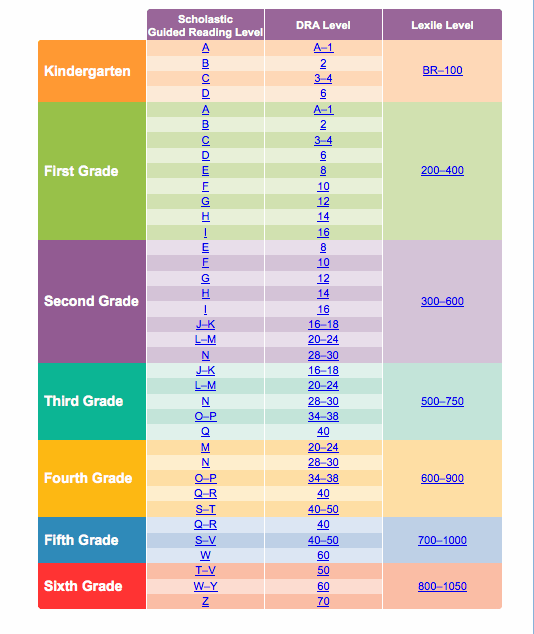 In this case, you need to work on the RAM. This is done with with the help of the so-called visual dictations, the texts of which are developed Professor I. T. Fedorenko. In each of the 18 sets, there are six sentences. The peculiarity of these sentences is this: if the first sentence contains only two words - Snow is melting—8 letters, then the last sentence of the eighteenth set already consists of 46 letters. The increase in the length of sentences occurs gradually, according to one or two letters. The operating time with all 18 sets is approximately two month. Thus, in two months, RAM develops so much that the child can already memorize a sentence consisting of 46 letters, that is, from eight or nine words. Now he easily catches the meaning of the sentence, read to him becomes interesting, and therefore the process of learning to read goes much faster. nine0003
In this case, you need to work on the RAM. This is done with with the help of the so-called visual dictations, the texts of which are developed Professor I. T. Fedorenko. In each of the 18 sets, there are six sentences. The peculiarity of these sentences is this: if the first sentence contains only two words - Snow is melting—8 letters, then the last sentence of the eighteenth set already consists of 46 letters. The increase in the length of sentences occurs gradually, according to one or two letters. The operating time with all 18 sets is approximately two month. Thus, in two months, RAM develops so much that the child can already memorize a sentence consisting of 46 letters, that is, from eight or nine words. Now he easily catches the meaning of the sentence, read to him becomes interesting, and therefore the process of learning to read goes much faster. nine0003  If you write in two on the third day, then you can not write at all - this does not give anything. nine0003
If you write in two on the third day, then you can not write at all - this does not give anything. nine0003 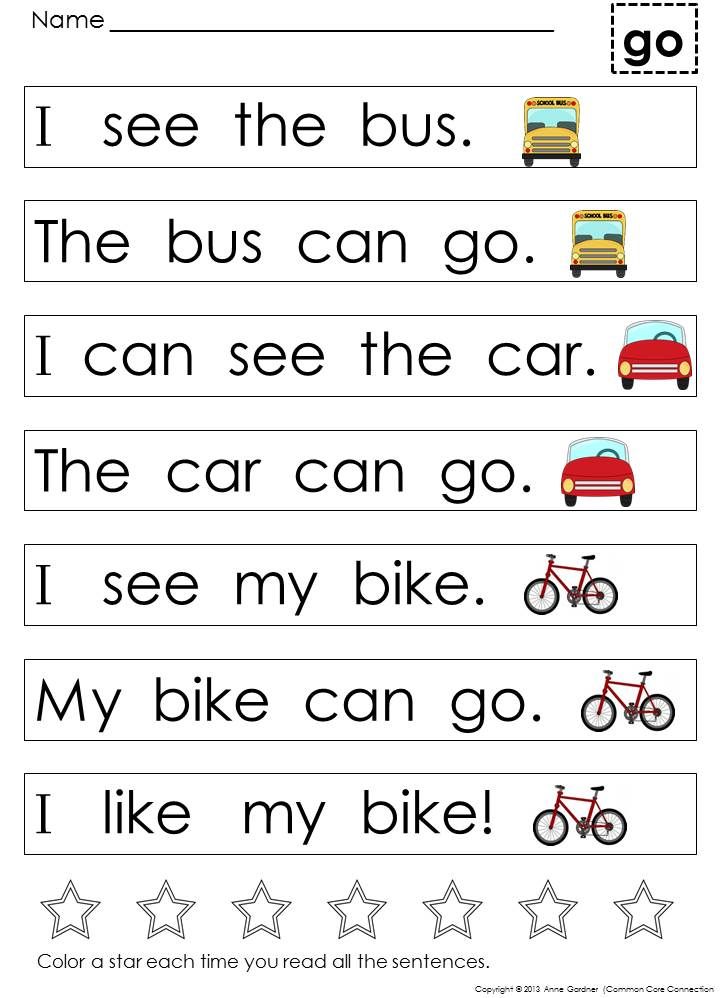 excerpt. nine0003
excerpt. nine0003 